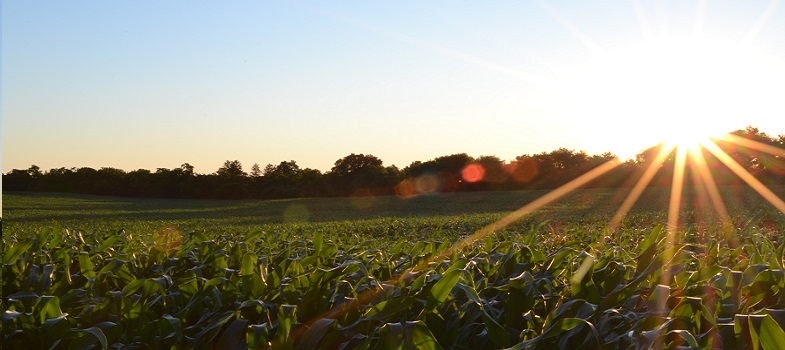Systems and complexity in agriculture
It is one thing to know about some of the principles of systems thinking, but how have these been applied to agriculture? I (Andy Lane) set this out in AgriLink Practice Abstract 12 on Systems and complexity in agriculture [Tip: hold Ctrl and click a link to open it in a new tab. (Hide tip)] :
‘Systems’ and ‘complexity’ are both everyday terms, but they also have a more specific meaning within research and development on complex situations such as agriculture. Systems thinking in practice is a way of thinking about and acting in the world through the use of holistic representations of what we, individually and/or collectively, perceive about situations, such as relationships between farmers, advisors and research organisations. Systems thinking largely views complexity as being a mix of rational and emotional responses to messy situations.
In contrast, complexity science often uses quantitative models to represent large, rational, non-linear, dynamical systems that exhibit unpredictable behaviours. Agricultural policies and practices are shaped by histories and traditions. Some policies and practices are developed through trial and error and not always formally recorded, while some are based on experiments and structured scientific observations and systematically recorded in reports and journal articles. Systems thinking in practice complements the scientific approach by looking at policies and practices in their contexts in order to understand them, by recognising important connections between people, events and ideas, and by taking account of multiple perspectives.
One way to do this is for stakeholders to co-develop diagrams involving words, images, symbols and lines to represent multiple perspectives on systems of interest. In the making of such joint diagrams, differing viewpoints can emerge, conflicts can be discussed and the expert knowledge of different members can be harnessed.
More information on this topic can be found in this AgriLink Theory Primer on Systems and Complexity.
Systems thinking
